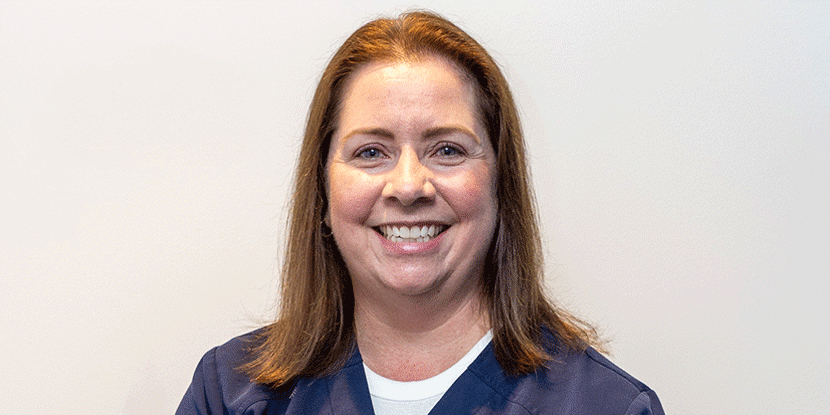National Women's Health & Fitness Day Dr. Emilia Ravski, DO
- Category: News
- Posted On:

In honor of National Women’s Health & Fitness Day on September 25, 2019, we would like to focus on the importance of regular physical activity and health awareness for women. We spoke with Dr. Emilia Ravski, sports medicine physician at Hoag Orthopedic Institute, about common sports injuries in women and how they can protect themselves from being injured.
Q: Are there sports injuries that are much more common in women than in men? What are they and why do they occur?
A: Many may not be aware of the differences between male and female bodies. Specifically, hormonal factors and anatomical variations that can lead to an opportunity for increase in musculoskeletal injures for women of all ages. The most common injuries in women compared to men include patellofemoral knee pain, anterior cruciate ligament (ACL) rupture and bony stress fractures.
Patellofemoral knee pain is described as pain in front of the knee. It can be present when running and or doing jumping activities. This is caused by the knee cap tracking poorly on the femur. One of the reasons this is more common in women is due to increased angle between the hip and the knee cap called the Q angle.
In regard to an increase risk of ACL ruptures in women, there are many factors that contribute to this including anatomical alignments, hormonal factors and dynamic stability with exercise.
Last, stress fractures occur from repetitive, excessive impact on the bone leading to a fracture. In young female athletes, an imbalance can occur where increased energy expenditure exceeds the caloric energy intake leading to abnormal hormonal homeostasis in the body and can manifest as menstrual irregularities and bony stress injuries. After menopause, women can develop osteoporosis which can lead to stress fractures due to decreased bone density.
Q: What are ways women can protect themselves from injuries?
A: The main factor to focus on in injury prevention in women is to train properly. This means that the training regimen should not progress too fast in intensity, volume or speed. This allows the body to adapt to the needs of the training and is especially important in preventing overuse injuries, such stress fractures and patellofemoral knee pain. Proper nutrition is a vital component of a comprehensive training program and cannot be overlooked.
Another important factor includes technique. Proper dynamic control of the body is a key element for preventing patellofemoral knee pain, ACL rupture and stress fractures of the lower extremities. Despite the sport, the underlying concept for female athletes is to develop a strong core with good hip, knee and foot stability that can be maintained during exercise despite fatigue. Using these concepts specific exercises can be adapted to each athlete depending on their age and sports; and implemented in injury prevention and treatment.
Last, for women after menopause, it is important to minimize bone loss and maintain muscle mass in order to decrease the risk for fractures. Types of exercises are specific to one’s fitness level, can include walking, running, weights, yoga and tai chi.
There are many things we can do to take care of ourselves as women. Musculoskeletal injury prevention and care is vital because our body is the most powerful vehicle we have.

